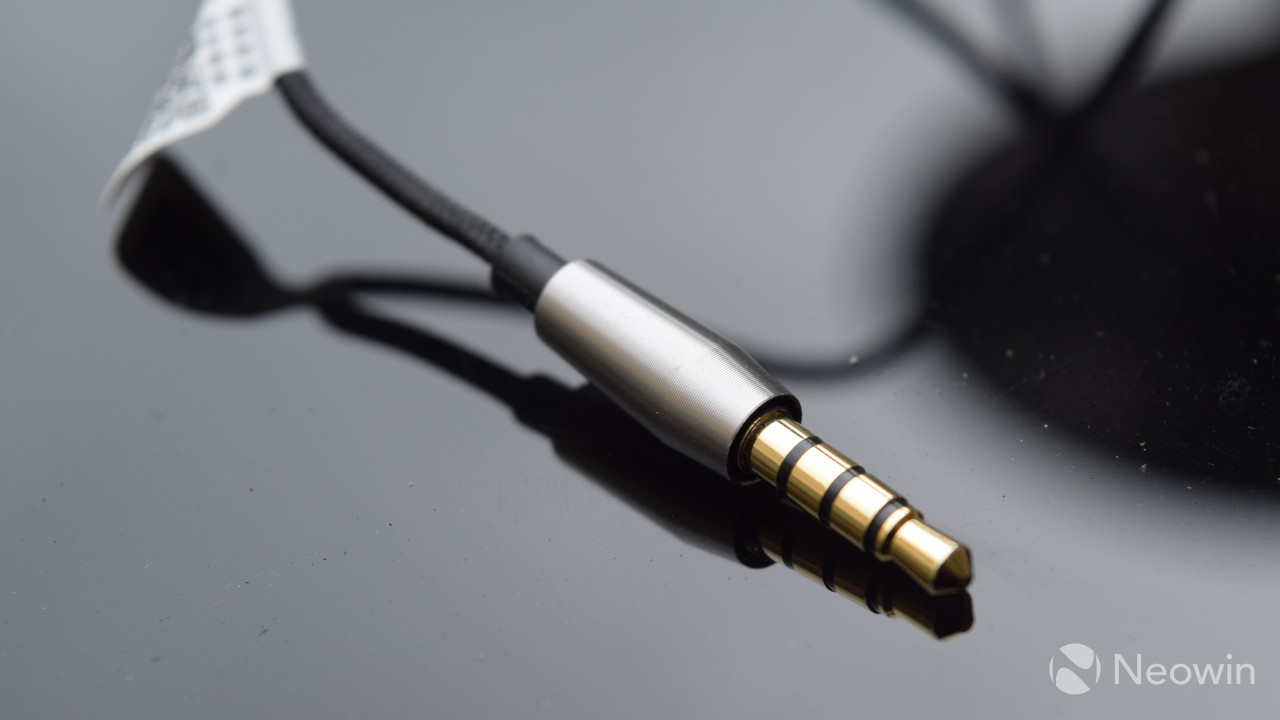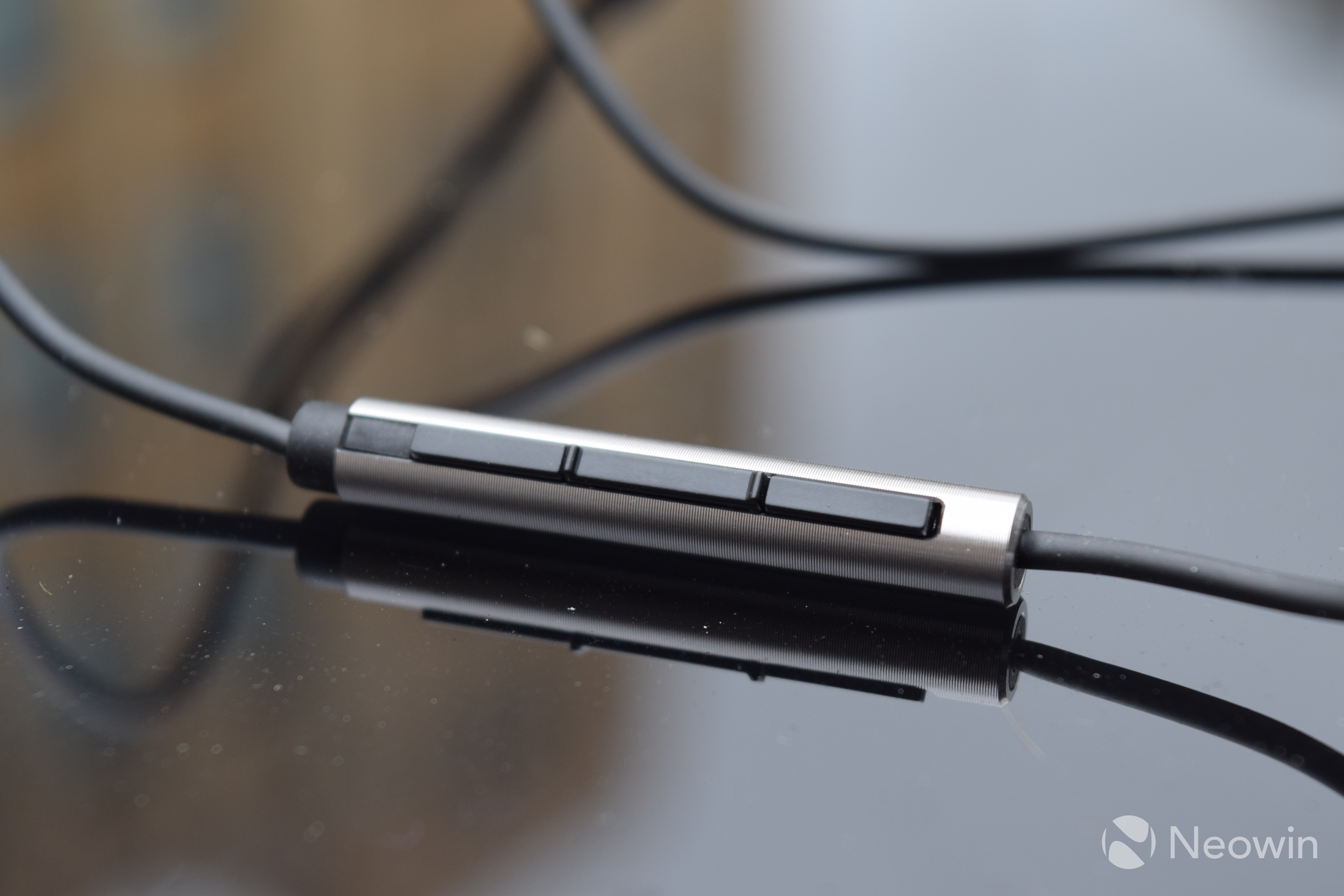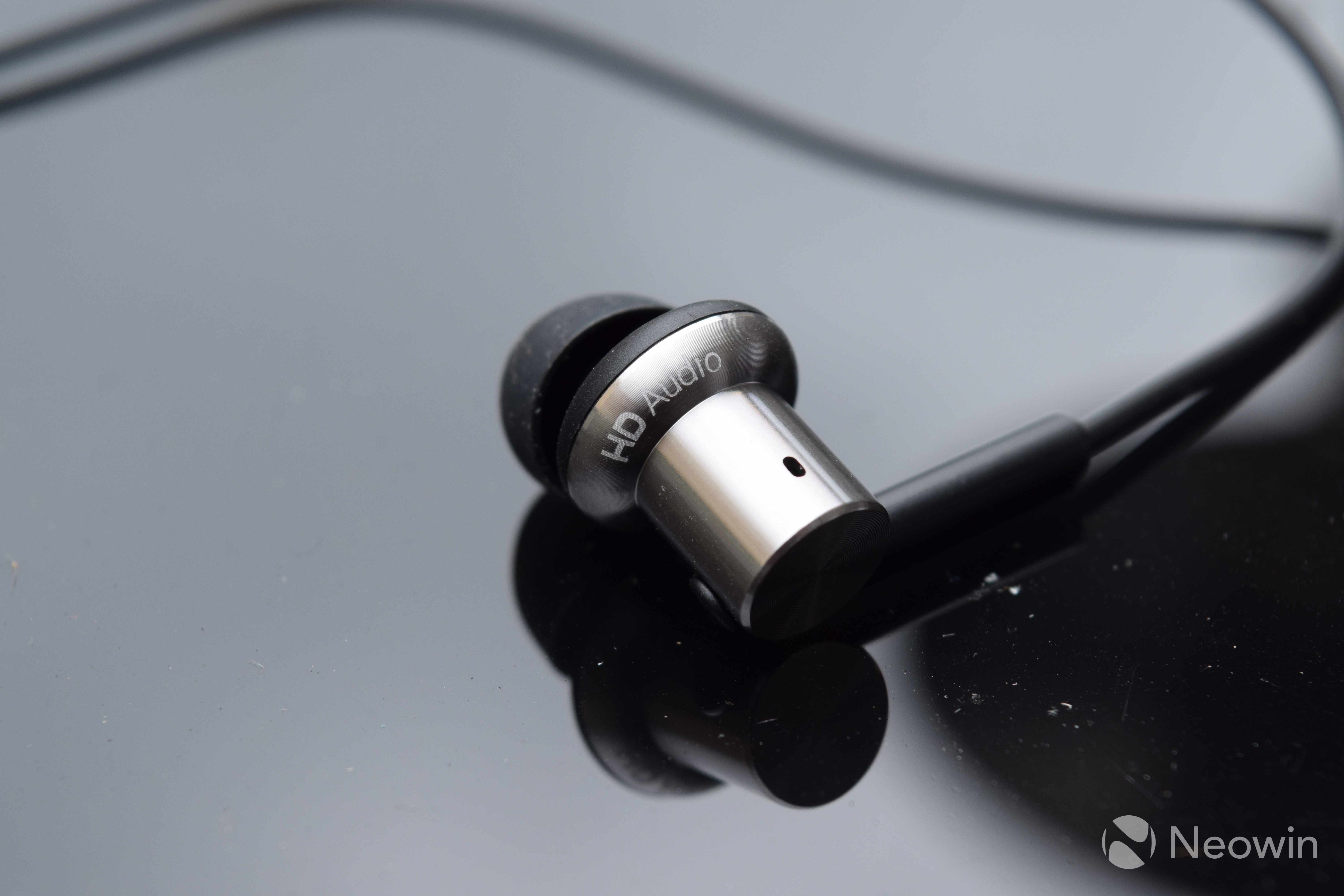http://www.neowin.net/news/review-of-the-xiaomi-hybrid-earphones-xiaomi-have-done-it-again
Review of the Xiaomi Hybrid Earphones: Xiaomi have done it again
By Steven Johns @stevenjohns · 14 hours ago
Xiaomi has generally received praise for their headphones and, over the last few years, have released four generations with each building on the last. Starting with the original pair that didn't get too much attention, through to the second generation which
some considered to have been re-defining "Budget-Fi" by providing a lot of bang for very little buck. The Xiaomi Piston 2 was very V-shaped, however, meaning that the sound was very bassy and had a lot of highs at the cost of having very poor mids. Eventually Xiaomi released the Piston 3 IEMs last year -- headphones
which I personally reviewed and found to have been much more balanced than the V-shaped Piston 2. For the price which they were being sold at - less than $20 - I found them extremely difficult to fault; they produced great sound at a great price.
Xiaomi seems to have now discontinued the Piston line and it's now being succeeded with their Hybrid line. After spending several hours listening to them in different environments, in different times of the day and to different types of music I feel I'm now able to put my thoughts on paper and formally review them.
Design
The cable design is extremely similar, if not roughly the same, as that of the Piston 3. Beginning with the gold-plated 3.5mm audio jack, we move towards the aluminum
headphone jack cover. It has the same 'circular' etching and shape as the Piston 3, which I hope the photos will help explain better than I can in words. The cable itself is braided Kevlar which continues on through to the Y-splitter, at which point the cables are sleeved in silicon instead. The right cable has a microphone and
headphone jack which has the same 'circular' design as the 3.5mm headphone jack cover - all very similar if not the same as the Piston 3 - with three buttons for volume and playback controls. It has a hole for the microphone on the back, which when worn positions itself to be the side which your mouth would be aimed at. Xiaomi also notes that the inner wiring of the microphone is braided with Kevlar, intending to fix what appears to have been a problem with build quality in the Xiaomi Piston 3.
I'm not really a big fan of the new design of the actual IEMs - they seem to have taken a lot of influence from
1More's Piston Pod, which was a design I generally didn't like. I can't explain the design as well as what the photos show, but I can mention that the obviously-metal parts are actually metal and the obviously-plastic parts are actually plastic.
[h=2]Performance[/h]Given the great performance of the Piston 3, I was expecting a lot from the fourth generation headphones that Xiaomi is releasing, and they really did deliver... with some caveats. The sound is not as well balanced as the Xiaomi Piston 3, and they've readopted a somewhat V-shaped sound stage as in earlier generations of the Piston. They're not completely V-shaped, with the mids not being too heavily blunted, but they are missing enough, such that people who listen to music with a lot of mids might miss them. I guess it's more of a (-shaped sound (yes, the parenthesis is intentional). It's still not a bad sound stage at all, though, and with the highs and lows being more pronounced they are also clearer and more diverse than the Piston 3. I can easily say I prefer this sound stage to that of the Xiaomi Piston 3, and this time it really has the sound stage you'd expect from a more expensive line of IEMs. I guess this is where the hybrid drivers really shined.
Speaking of which, the drivers are what Xiaomi are calling "Klippel drivers," which are hybrid dual-drivers made up of both an armature driver and a dynamic driver. The former is supposed to handle the highs and mids, and the latter is supposed to take care of the lows. This isn't the first time we've seen
hybrid IEMs, but it is the first time they've been produced in this price range and were historically a mid-price IEM luxury. The speaker sensitivity in the Xiaomi Hybrid has increased to 101dB, whereas the Xiaomi Piston 3 capped out at 98dB.
Once again, though, the headphones lack iOS compatibility. Actually, that's not right. The headphones themselves work fine, but the remote has limited functionality on iOS, with only the play/pause button working. These are intended as a somewhat exclusive product for Android users and sort of gives Apple users the shaft.
[h=2]Sound leaking, noise isolation[/h]I haven't noticed any significant difference to the Piston 3 that I can't write off as placebo. They're certainly not anywhere near what you'd expect from active noise cancelation, but they are nevertheless closed-back IEMs and subsequently have pretty decent noise isolation and little-to-no sound leaking by design.
Much like the Xiaomi Piston 3, you can comfortably use them in the office or in a crowded subway without problems for either.
[h=2]Accessories[/h]The packaging in general was lackluster. It lacks the display and whatnot that came with the Piston 3, and the only thing it comes with are replacement tips in three sizes in a non-resealable bag. I'm really not too sure why Xiaomi went in this direction and it just feels all 'wrong', especially when considering the Piston 3 came with a
jewel case and the entire thing just felt much more luxurious. I actually didn't notice the bag of replacement tips at first and thought it didn't come with any, but as writing this I noticed the small second box at the bottom of the packaging and found the pitiful bag inside there.
[h=2]Conclusion[/h]Xiaomi has done it again and produced a pair of IEMs that continue to destroy anything in, around and above the price range for a while. Xiaomi is selling them for 99 RMB within China, which is roughly USD$16. Much like the Piston 3, they're heads and shoulders above anything even remotely related to this price bracket. They're well-built, well-designed and sound pretty damn good too. The hybrid design of the IEM is certainly going to have some sort of impact in the industry, if not for any other reason than to challenge the current pricing structures.
I feel that these will takeover from the Piston 3's as being the best budget IEM on the market, and will continue to put pressure on mid-range IEM makers to up their game. They're worth every penny in this regard, but I will be taking off a full point for the lack of iOS compatibility this time around and reemphasizing my disappointment in the lack of a
jewel case. That said, I look forward to what Xiaomi will be producing in the future, and will enjoy the next several months with the Xiaomi Hybrid Earphone.
The Xiaomi Hybrid Earphone will be released on the 11th of November, so just about four days from now, and if you live in a country with an official Xiaomi retailer you'll be able to pick them up for around USD$16. Otherwise you can pick them up
from resellers for around $20 shipped, but be aware that the 'free' shipping method may take a few weeks. It's also worth mentioning that if you've held out on getting the Piston 3, resellers are already having sales in anticipation of the release of the Xiaomi Hybrid Earphone and the price is only going down.








